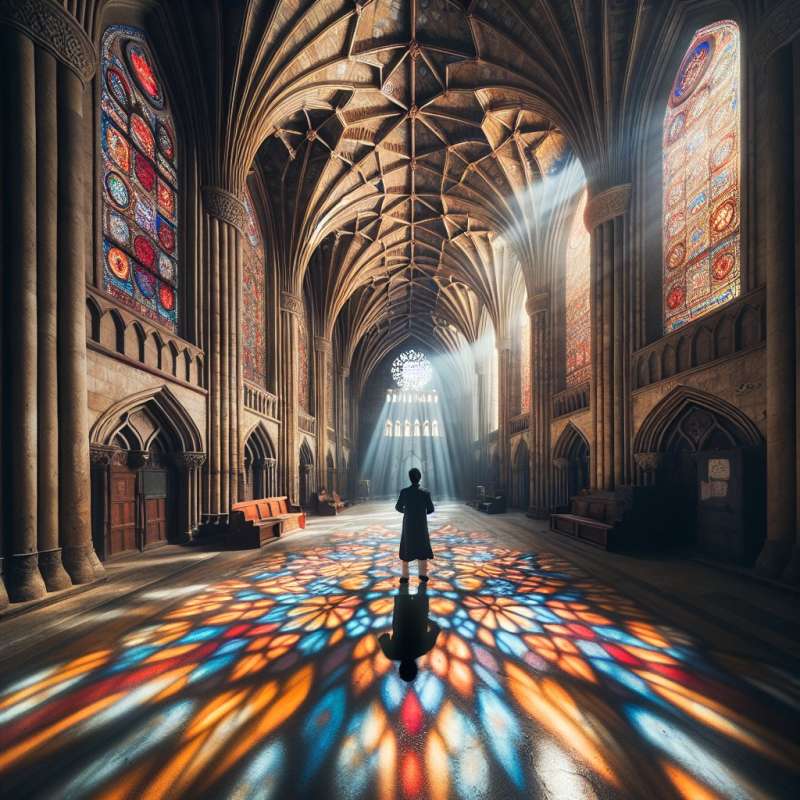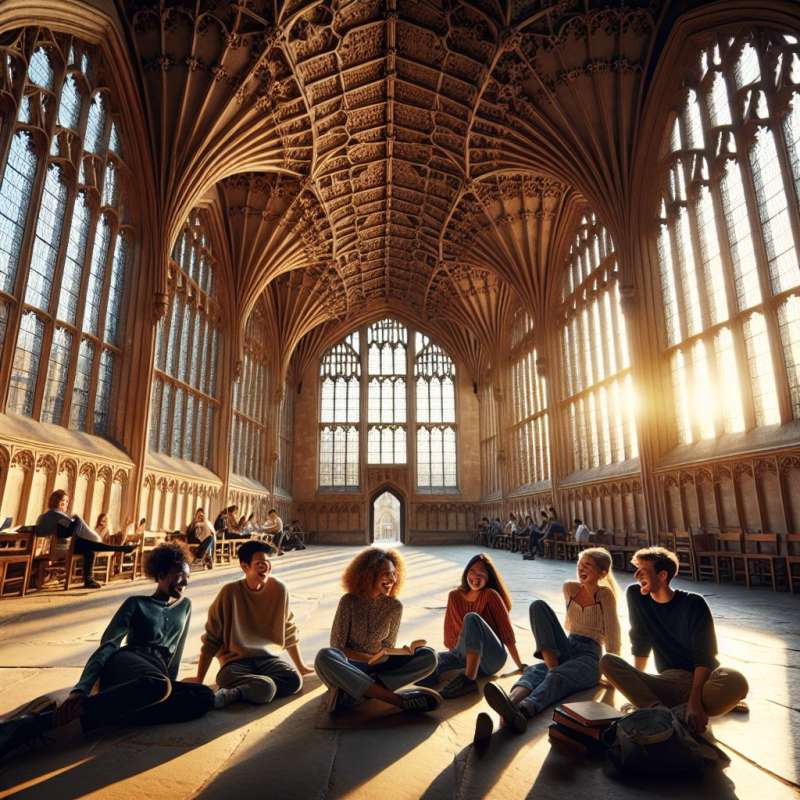
Origins of Gothic Architecture
Gothic architecture began in 12th-century France, revolutionizing building designs with innovations such as the pointed arch, ribbed vault, and flying buttress. Initially termed 'Opus Francigenum', the style spread rapidly across Europe, signifying ecclesiastical grandeur.
Light and Verticality
A key element of Gothic architecture is its emphasis on height and light. Builders designed towering spires and expansive stained-glass windows to create an impression of reaching towards the heavens, symbolizing spiritual aspirations and divine light.
Notre-Dame de Paris
Notre-Dame is a quintessential example of Gothic architecture. Its construction started in 1163 and took nearly 200 years to complete. The cathedral features revolutionary use of flying buttresses, enabling taller, slimmer walls and larger windows.
Gargoyles: Functional Decor
Beyond their mythical appearance, gargoyles serve a practical purpose in Gothic architecture. These grotesque figures are designed as water spouts, directing rainwater away from the building's masonry to preserve its structural integrity.
Gothic’s Engineering Marvels
Gothic buildings were engineering marvels of their time. The ribbed vaulting and flying buttresses distributed weight more evenly, enabling unprecedented building heights and complex structures without compromising stability.
Secular Gothic Edifices
While often associated with churches, Gothic architecture also flourished in secular buildings. Palaces, town halls, and universities adopted the style, showcasing its versatility and influence beyond religious settings.
Gothic's Varied Evolution
Gothic architecture evolved over centuries, with distinct phases such as Early, High, and Late Gothic, each with its nuances. The style was revived in the 18th and 19th centuries, demonstrating its timeless appeal and adaptability.Gothic Stonemasons' Secret
Many Gothic cathedrals feature carvings of stonemasons’ faces hidden among the decorations, immortalizing the craftsmen's identities for centuries.
Where did Gothic architecture originate?
12th-century Italy
12th-century France
10th-century Germany
Company